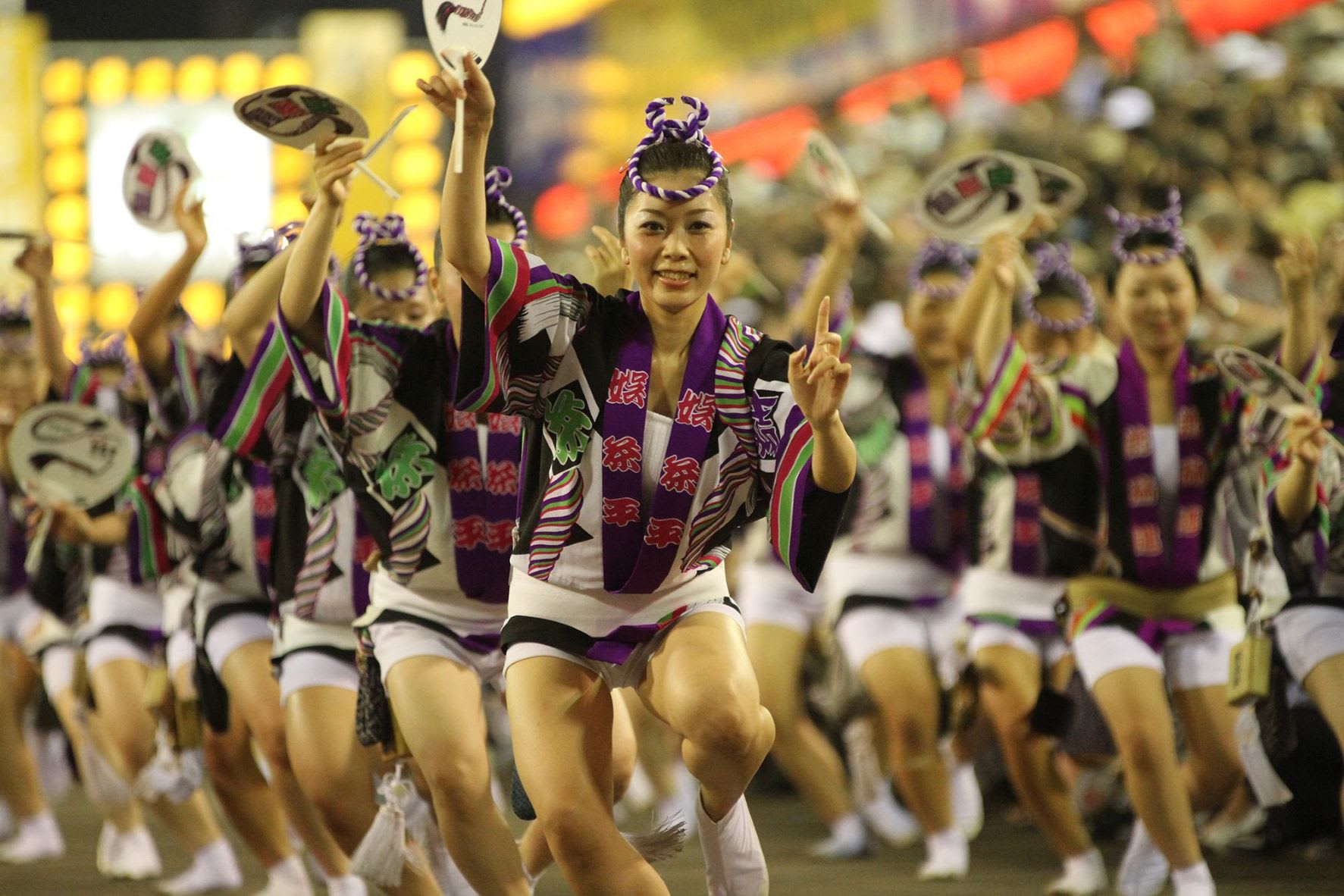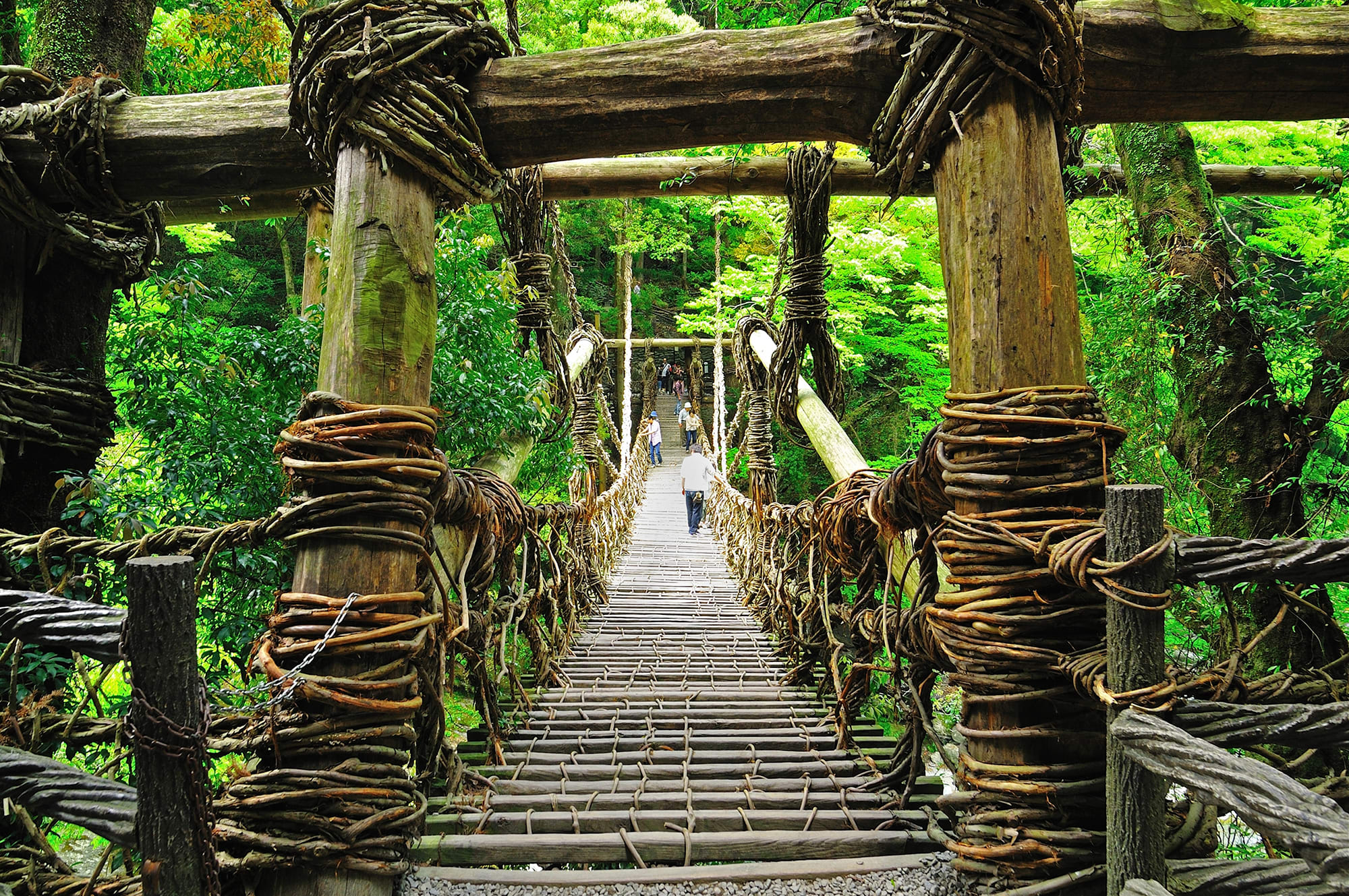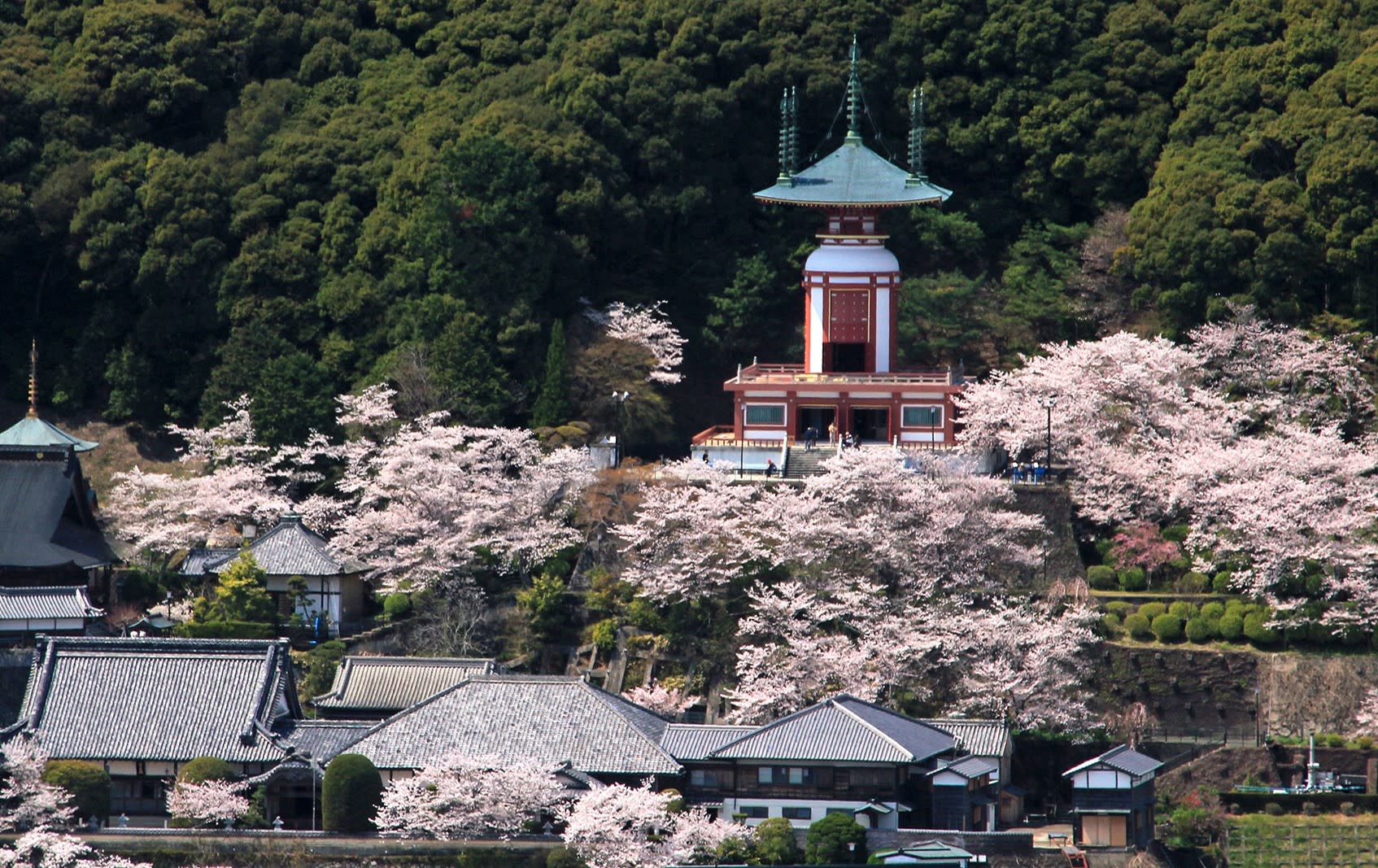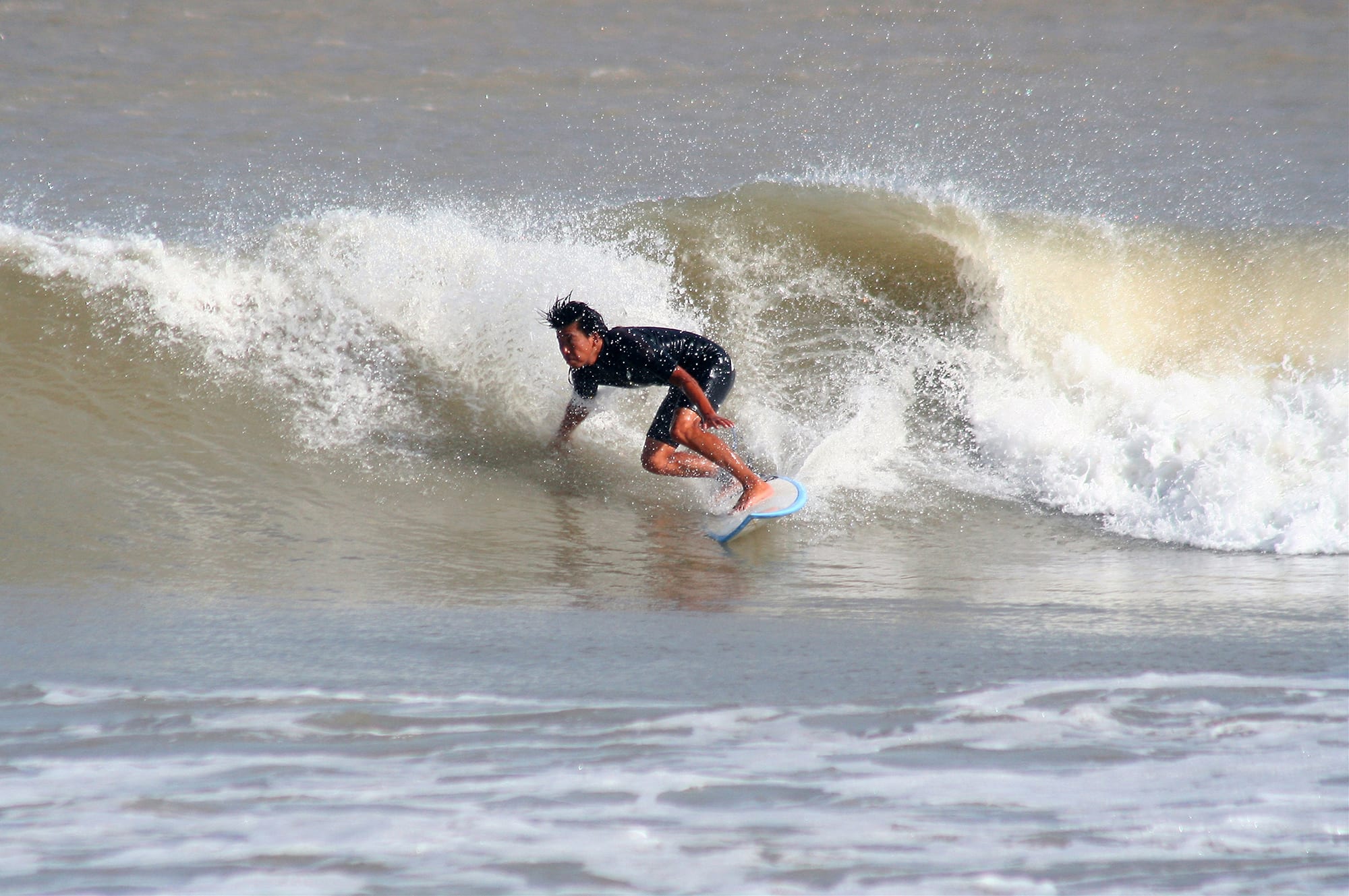Hiking/Walking Things to do in All areas
Found 3 plans in All areas

-
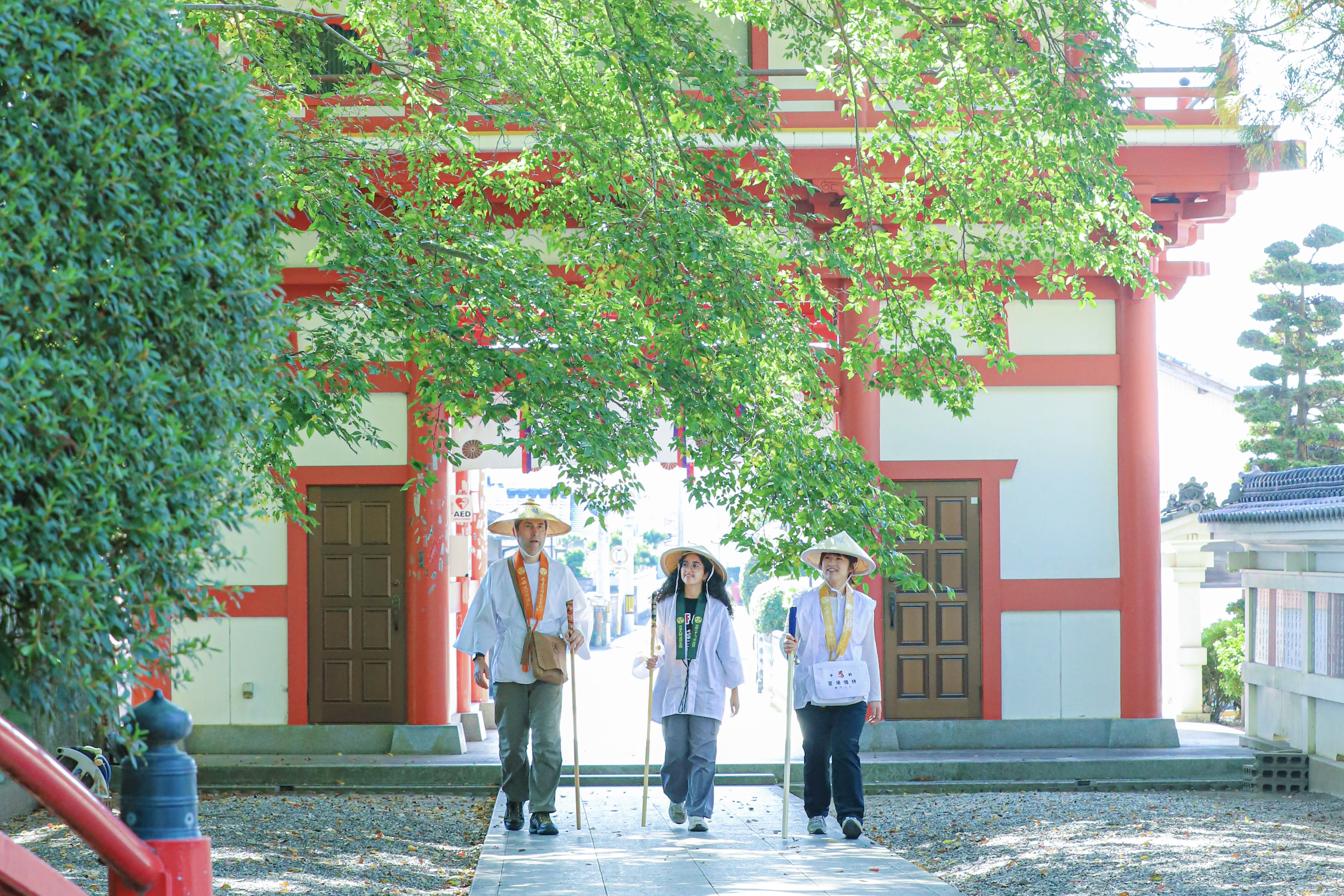
Pilgrimage
IndigoDyeing
- Awadance
Special Shikoku Pilgrimage and Indigo Dyeing Tour
This two-day tour contains a myriad of unique experiences, such as visiting a portion of the Shikoku 88 Temple Pilgrimage, staying at a temple and experiencing religious services, learning about Tokushima's indigo industry, and seeing Tokushima's famous Awa Odori dance. ◎On Day 1 you will walk a portion of the Shikoku Pilgrimage by foot. Together with a knowledgeable guide, you will walk from Temple No.1 Ryozenji to Temple No.4. Dainichiji. That evening you will stay at Temple No.6 Anrakuji, where there is a hot spring, and take part in the evening service. You will also have the rare opportunity to view beautiful Buddhist statues and paintings located in the small pagoda on the temple grounds. ◎On Day 2 you will experience indigo dyeing at an old merchant's house and enjoy a private performance of Tokushima's famous dance, Awa Odori, by one of Tokushima's most famous dance groups. 【Details】 Price Per Person: For 1 Participant: ¥225,000~ For 2 Participants: ¥200,000~ For 3 to 4 Participants: ¥125,000~ For 5 to 9 Participants: ¥100,000~ For 10 Participants or More: ¥75,000~ ・Meals: Breakfast (1), Lunch (2), Dinner (1) ・English Interpreter/Guide ・Pilgrimage Attire (Stole, Sedge Hat, White Cotton Jacket with Sleeves) ・A support bus (small or medium sized bus) is provided during the walking pilgrimage. It is possible to change to a jumbo taxi or sedan taxi. ・In case of a large number of guests, the night service experience at Anrakuji Temple cannot be held privately. ・Rooms at Anrakuji are typically Western-style rooms with a bath and toilet. Japanese-style rooms (bathroom and toilet outside of the room) are optional. ・The price does not include the overnight stay before the event. We can make arrangements for you upon request. Please feel free to contact us for details. 【Contact】 Air Travel Tokushima Inc. Tel:088-600-8560 E-mail:aitripper@air-travel.jp
Tokushima (City Center)・Naruto
Hands-on Crafts
Traditional Crafts
Culture
Japanese Food
Hiking/Walking
JPY 225,000
-
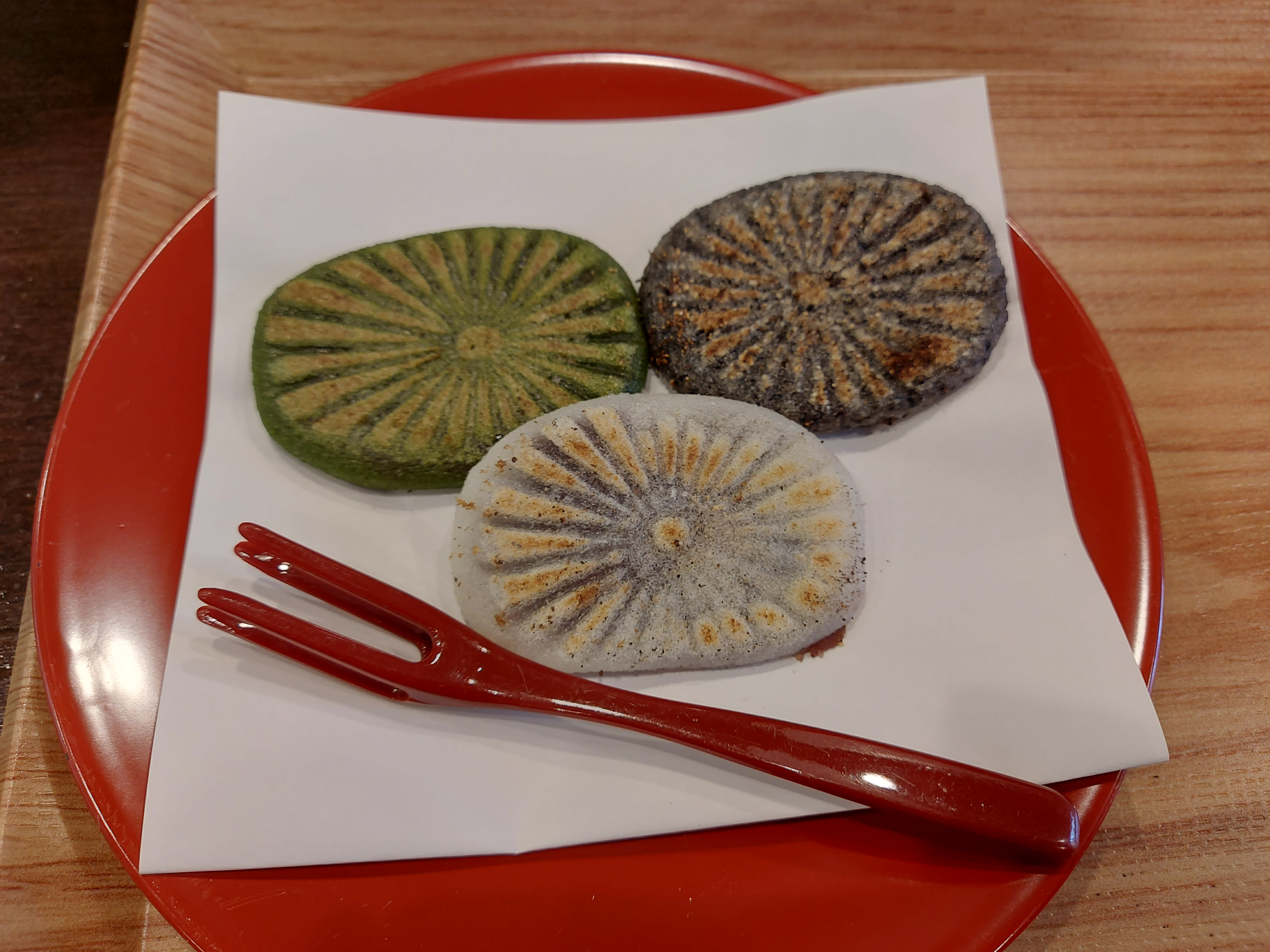
Explore Tokushima's Temple Town & Enjoy Traditional Sweets!【Guided Walking Tour】
Enjoy some of Tokushima's most representative sightseeing spots alongside some hidden gems in this walking tour. This half-day tour allows participants to experience Tokushima's shrines, traditional performing arts, an old town area, and historical sweets together with an English speaking guide. ♪ 【Bizan Tenjin Shrine】 After a short walk up a flight of stairs, one is greeted with brilliant red color that adorns the buildings of Tenjin Shrine. Dedicated to the God of Learning, Sugawara no Michizane, this shrine attracts many students hoping for some luck to pass their entrance exams. On the shrine grounds lies a cow statue known as the “Cow of Wisdom”. It’s said that the more you rub it, the more wisdom you will gain! In addition to being a shrine for learning, Tenjin Shrine is also known as a power spot for matchmaking! Near the western area of the shrine lies a large rock that is fondly known as “Himemiya-san” and it is said to be effective for match making, safe pregnancies, and for recovery from sickness. This shrine is also known for its beautiful goshuin shrine stamps that change monthly. Stamps featuring seasonal flowers, bamboo covered in snow, and more attract visitors from across the country eager to add to their goshuin collection. 【Awa Odori Kaikan: Shopping & Museum】 While waiting for the dance performance to start, peruse some uniquely Tokushima souvenirs at the shop “Aredeyo”. Aredeyo offers a wide array of souvenirs, such as local sweets and food products, indigo dyed scarves and shirts, traditional otaniyaki pottery, and more. Awa Odori Museum The museum on the 3rd floor teaches visitors about the history of the Awa Odori, with costumes, instruments, etc. on display. 【Awa Odori Dance Performance】 Enjoy watching a spectacular Awa Odori dance performance, a traditional performance art of Tokushima with over 400 years of history! The group will show visitors how the dance style has changed throughout the years, explain about the role of each instrument, and then finally give a mini lesson on the dancing basics. After this lesson, it’s time for the audience to join in on the fun! Don’t worry if you’re not good at dancing – as they say in Tokushima, “Those who dance are fools. Those who watch are fools. If both are fools, you may as well dance!” 【Tokushima Ramen Lunch】 Enjoy Tokushima's specialty "Tokushima Ramen" for lunch. 【Kinryosui Spring】 The beautifully clear waters of the Kinryosui Spring were once beloved by the lords of the Tokushima Domain in times past. Nowadays, residents of Tokushima still stop by to gather some of the delicious water. (Bring a water bottle and try some of the water for yourself!) 【Stroll Around Temple Town (Teramachi)】 Long ago, Hachisuka Iemasa, the domain leader, gathered various temples and shrines and brought them to this area, where they played an important role in the resident’s lives. Enjoy viewing the old shrines and temples that line the streets, and soak up the quiet and peaceful atmosphere. 【Wadanoya】 It’s said that long ago when the lord of the Tokushima domain completed the Tokushima Castle, a sweet called “Taki no Yaki Mochi” was served at the celebration. This sweet, made using the lord’s beloved Kinryosui Spring water, quickly became a hit. More than 400 years later, we can still enjoy the lord’s favorite treat at Wadanoya. In addition to Taki no Yaki Mochi, Wadanoya offers drinks made with Tokushima flavors, including Awa Bancha Tea, Sudachi citrus juice, yamamomo bayberry juice, and more. They also have seasonal items, such as shaved ice in the summer and zenzai (red bean soup with mochi) in the winter. The best part though? The view is absolutely gorgeous! This tiny café features a small waterfall with koi and seasonal flowers, and the traditional Japanese scenery makes it so easy to relax and enjoy some tea and sweets. 【Price per Person】 12,000 Yen 【Minimum Number of Participants】 2 【Meeting Place】 In Front of Tokushima Station 【Inquiries】 Air Travel Tokushima, Inc. TEL:088-600-8560 E-mail:aitripper@air-travel.jp
Tokushima (City Center)・Naruto
Culture
Japanese Food
Sweets
Hiking/Walking
JPY 12,000
-

Mt. Yamainudake Trekking Tour
Experience and learn about the town of Kamikatsu through this educational tour! 【About Kamikatsu】 Kamikatsu is a small town on the island of Shikoku, having a population of roughly 1,300. In 2003, they were the first municipality in Japan to make a Zero Waste Declaration, aiming to become a town that produced no waste. The town residents now separate their garbage into 13 different types and 45 different categories at the Zero Waste Center. 【About the Tour】 【Mt. Yamainudake】 Mt. Yamainudake is a well-known deciduous primeval forest. The forest is a sanctuary of nature, including large areas of moss-covered rocks making it an important site for biodiversity and conversation. There are 88 statues making it also an important place for cultural heritage. During the hike, we will take a break to enjoy Awa Bancha tea, an artisan-produced fermented tea made Kamikatsu in Tokushima prefecture of Japan. 【Minimum Number of Participants】 3 People 【Maximum Number of Participants】 6 People 【Price per Person】 12,650 Yen 【Points of Caution】 *The contents/order of this tour may change depending on the season and other circumstances. Thank you for your understanding. *The tour may be cancelled in the case of poor weather. Photo Credit: INOW Kamikatsu
Kamikatsu・Kamiyama・Awa・Yoshinoga
Hiking/Walking
Eco-tours
JPY 12,650
Recommended Tourist Information
-
Awa Dance Festival (Awa Odori)
Awa Odori (Awa Dance) is a world-class traditional performing art with a history of over 400 years. In Tokushima City, the eve of the festival is held on August 11 every year. Then, from the 12th to the 15th, a wild dance is performed at stages and other locations throughout the city. Awa Odori is one of the most popular festivals in Japan, attracting many tourists from not only within Japan, but also from abroad. The synchronized dancing to the sounds of shamisen, gongs, drums, and other musical instruments is truly breathtaking.
-
Iya Vine Bridges
In the secluded area of the Iya Valley lies a vine bridge made from hardy kiwi, which is 45 meters long and 2 meters wide and is 14 meters above the water. The beautiful shape of the bridge is reflected in the clear water of the Iya River that lies below, creating a scene that is in harmony with nature and shows different colors throughout the four seasons. Designated as a National Important Tangible Folk Cultural Property, it is now a popular sightseeing area.
-
Yakuoji Temple
This is the last temple in Tokushima Prefecture that is a part of the Shikoku 88 Temple Pilgrimage route, and it is famous as a temple to ward off bad luck or misfortune. There are three sets of stairs - one with 33 stairs, one with 42 stairs, and one with 61 stairs. These are the years of misfortune for women, men, and those who turn 60 (61 in the old calendar) respectively . By climbing and leaving a coin on each step, it's said that one can prevent misfortune from occurring during that year.
-
Surfing in Tokushima!
Tokushima has many surfing spots, such as Naruto City, the northern part of Tokushima City, and the southern part from Anan City to Kaiyo Town - all of which can be enjoyed by both beginners and advanced surfers. Tokushima Prefecture has produced many professional surfers and is sometimes called "Awa no Kuni, the surfing capital of Japan" (Awa is the former name of Tokushima, and "Kuni" means country). In particular, the southern part of Tokushima Prefecture and the eastern part of Kochi Prefecture are the best surfing areas in Shikoku.


 0
0 